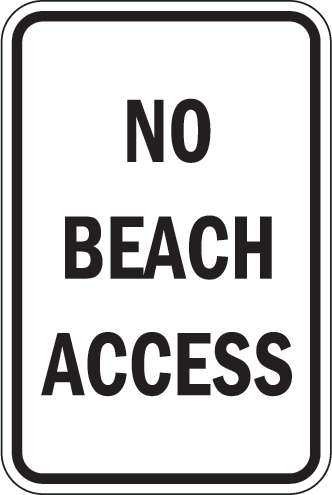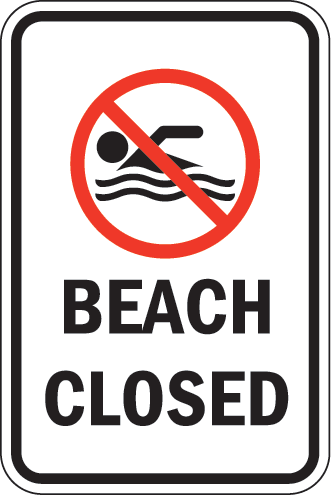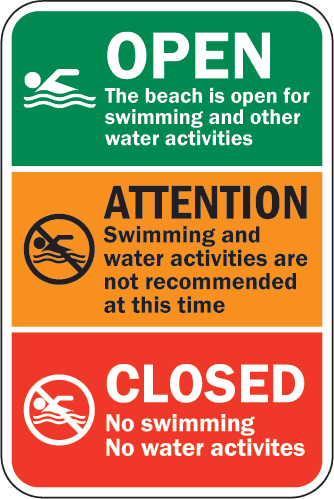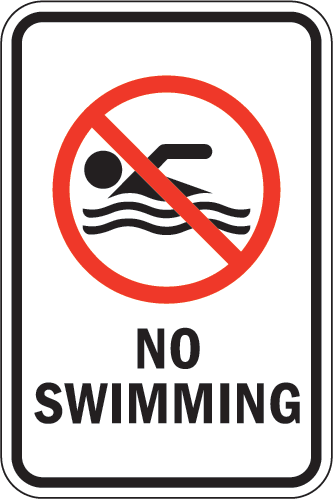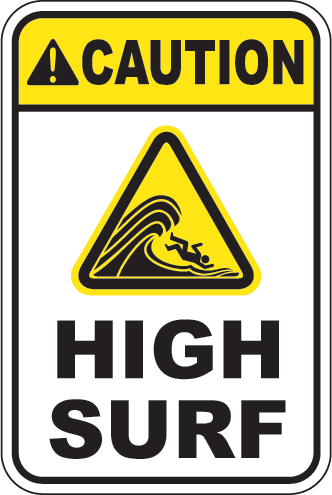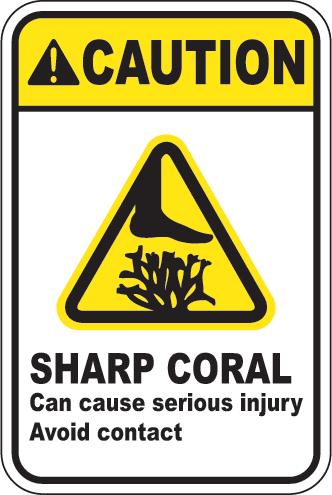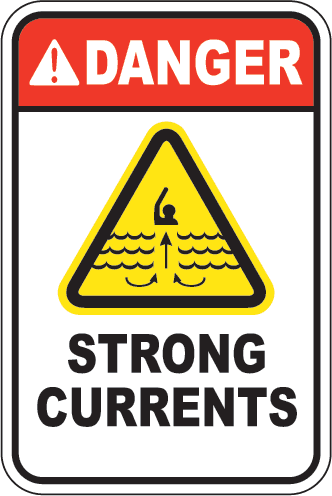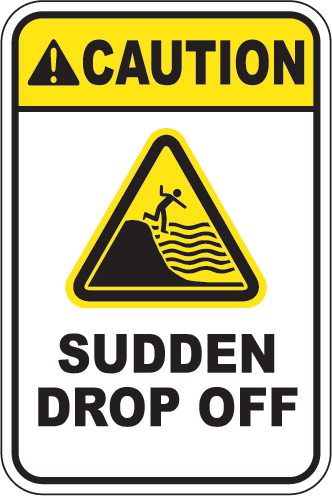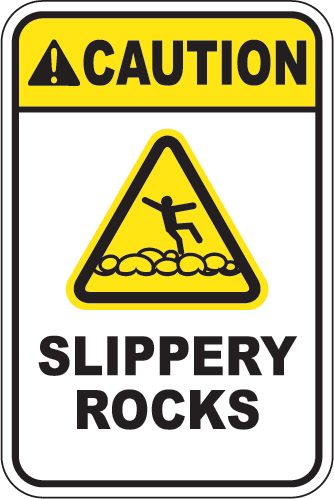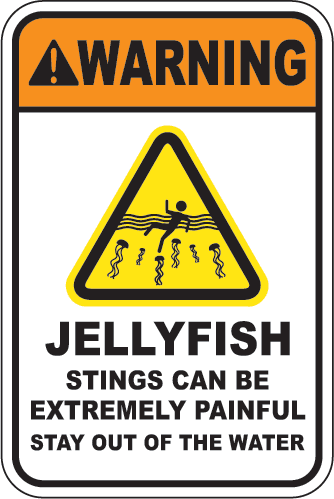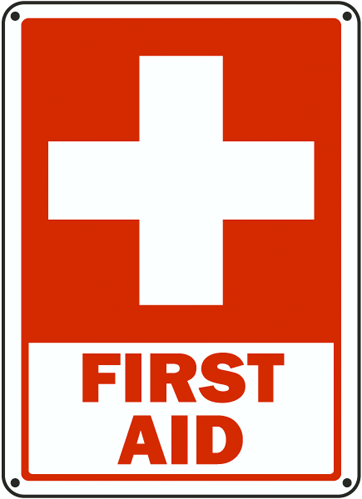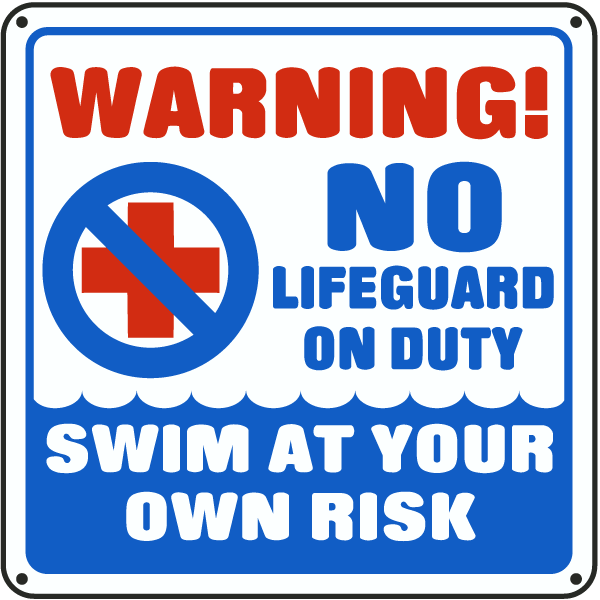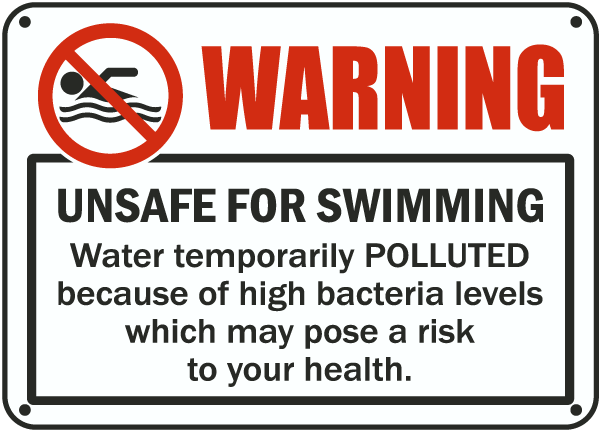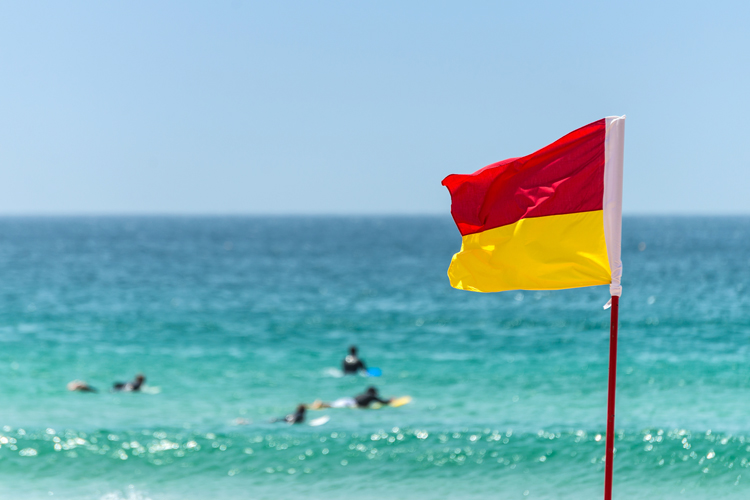Everyone should learn how to stay safe in the surf, sand, and sun. The beach and the ocean hide many hazards. Discover the visual signs that can be spotted on your favorite beaches.
It's not just the big waves. There are dangerous currents, lightning, harmful algae, sharks, jellyfish, and man-o-war stings out there.
For example, rip currents account for 80 percent of beach rescues and can be dangerous or deadly if you don't know what to do.
Remember to always swim near lifeguards.
That is why knowing and looking for warning signs or flags is so important. Beach signals tell us precious information about the beach and the surf.
There are multiple national and regional variations, but most signs are universal.
The United States Lifesaving Association (USLA) has compiled the most helpful safety tips for beachgoers and surfers.
They are:
- Learn to swim;
- Swim near a lifeguard;
- Swim with a buddy;
- Check with the lifeguards;
- Use sunscreen and drink water;
- Obey posted signs and flags;
- Keep the beach and water clean;
- Learn about rip current safety;
- Enter water feet first;
- Wear a life jacket;
There are nine types of beach safety flags:
The Yellow Flag
Meaning: Medium Hazard
Moderate surf and/or currents are present.
Weak swimmers are discouraged from entering the water. For others, enhanced care and caution should be exercised.

The Red Flag
Meaning: High Hazard
Rough conditions, such as strong surf and/or currents, are present.
All swimmers are discouraged from entering the water. Those entering the water should take great care.

The Red Over Red Flag
Meaning: Water is closed to public use

The Purple Flag
Meaning: Marine pests present
Jellyfish, stingrays, sea snakes, or other marine life are present in the water and can cause minor injuries.
This flag is not intended to indicate the presence of sharks. In this latter case, the red flag or double red flag may be hoisted.

The Red Over Yellow Flag
Meaning: Recommended swimming area with lifeguard supervision
The area is protected by lifeguards.
These flags may be used in pairs spaced apart to indicate a designated area or zone along a beach or waterfront that is most closely supervised or patrolled by qualified lifeguards and where swimming and/or body surfing is permitted.
These flags may be used singly to indicate that swimming is permitted in front of the area where the flag is flown and that the area is under the supervision of a qualified person.
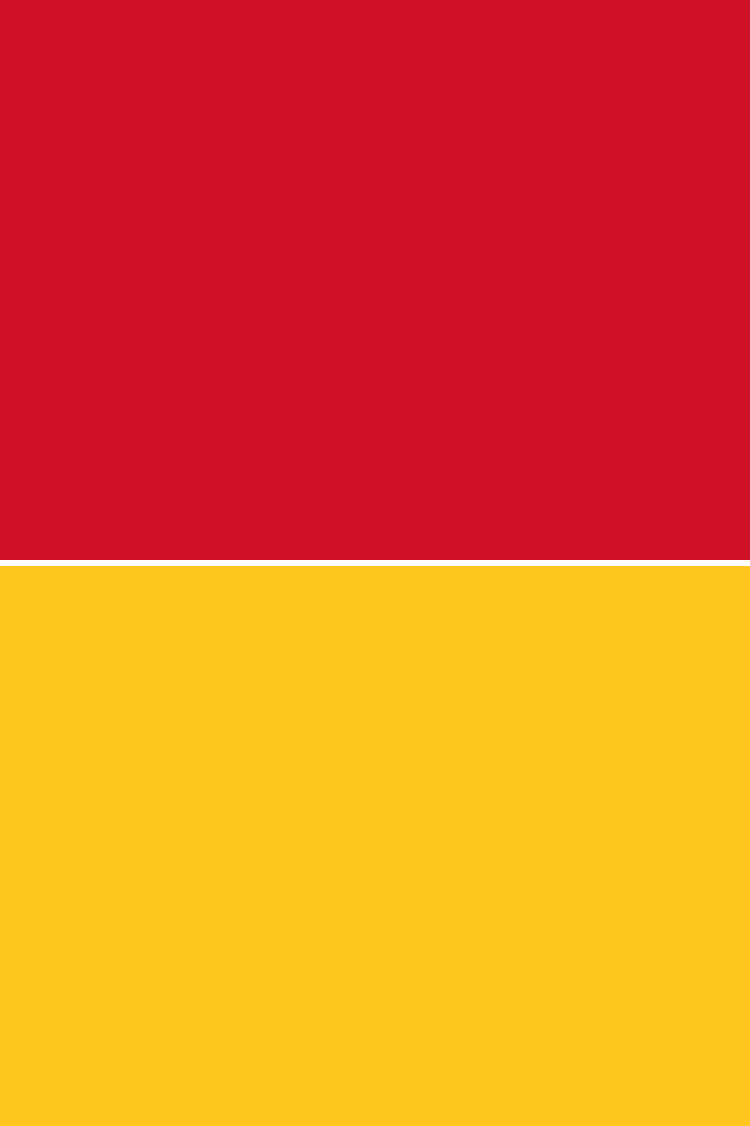
The Quartered Flag
Meaning: Watercraft area
These flags may be used in pairs spaced apart to indicate a designated area or zone along a beach or waterfront used by those with surfboards and other non-powered watercraft.

The Black Ball Flag
Meaning: Watercraft use prohibited
Surfboards and other non-powered watercraft are prohibited.
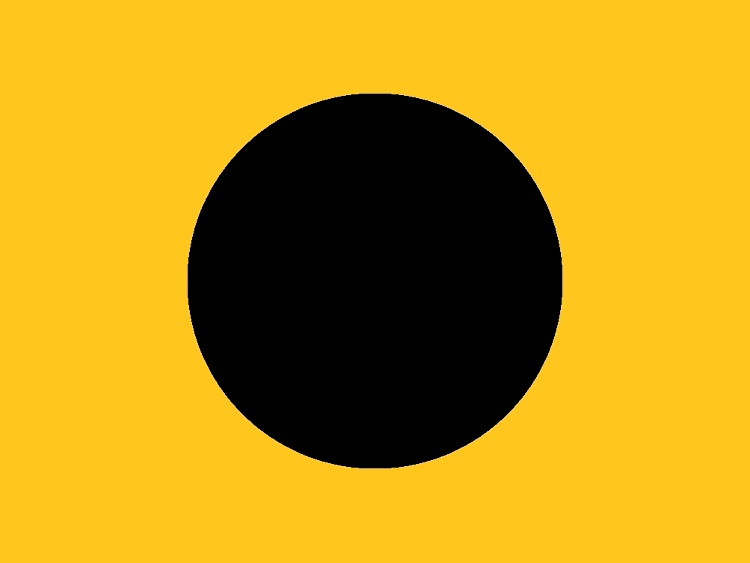
The Sun Warning Flag
Meaning: High level of ultraviolet (UV) radiation
High risk of developing melanoma, i.e., skin cancer. Stay out of the sun. Find some shade.

The Orange Windsock Flag
Meaning: Offshore winds present, inflatables should not be used
This cone-shaped device is used to indicate the direction of offshore winds and to show that it is unsafe for inflatable objects to be used in the water.
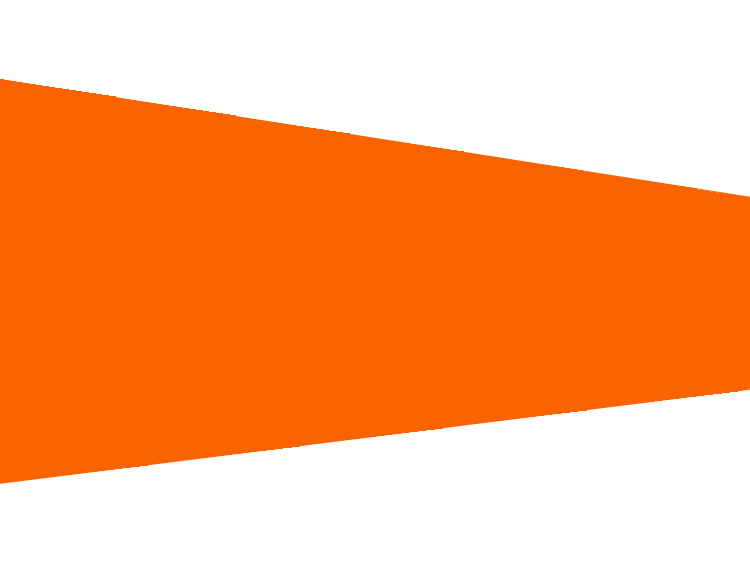
You can also find other beach warning signals with different messages for specific beaches and coastal areas:
